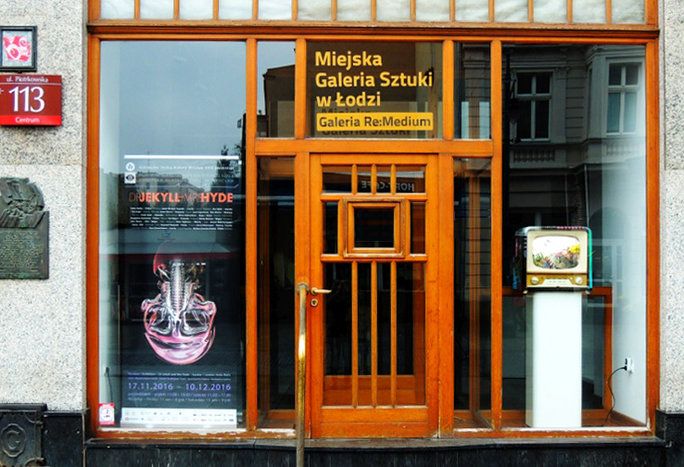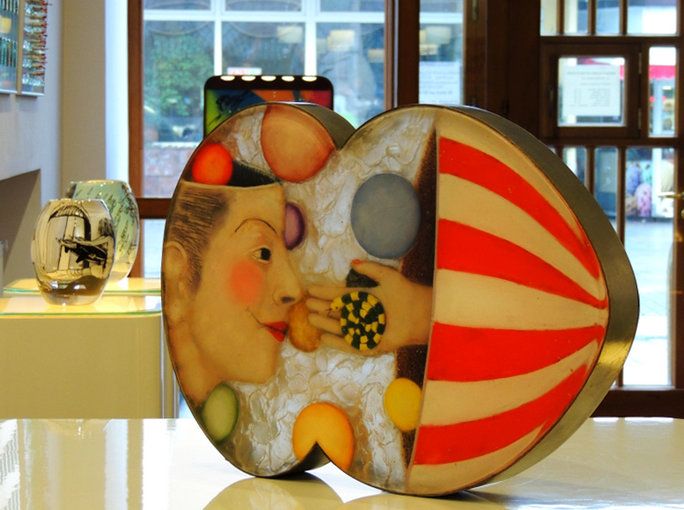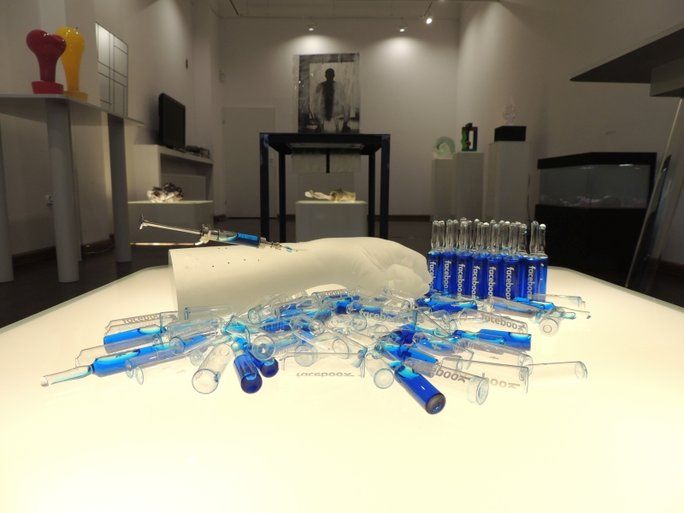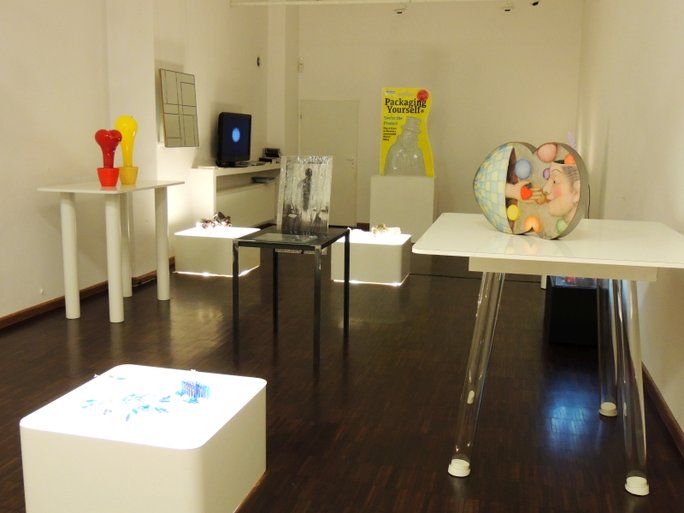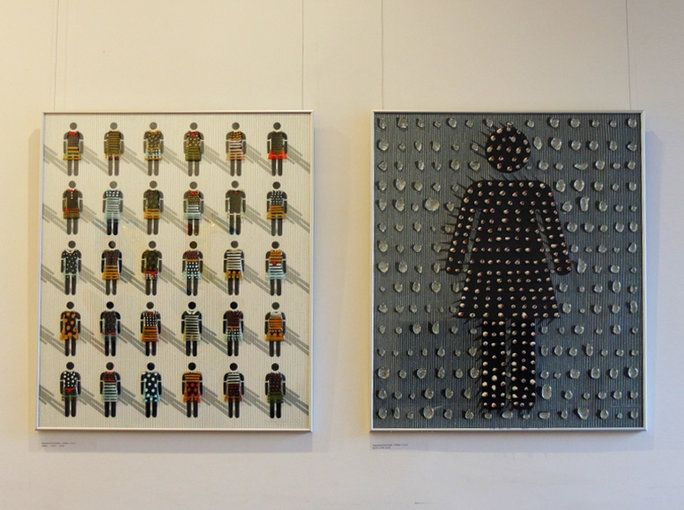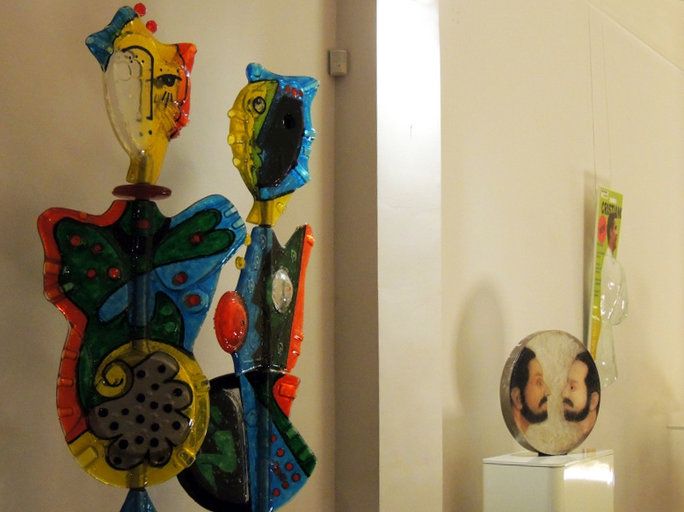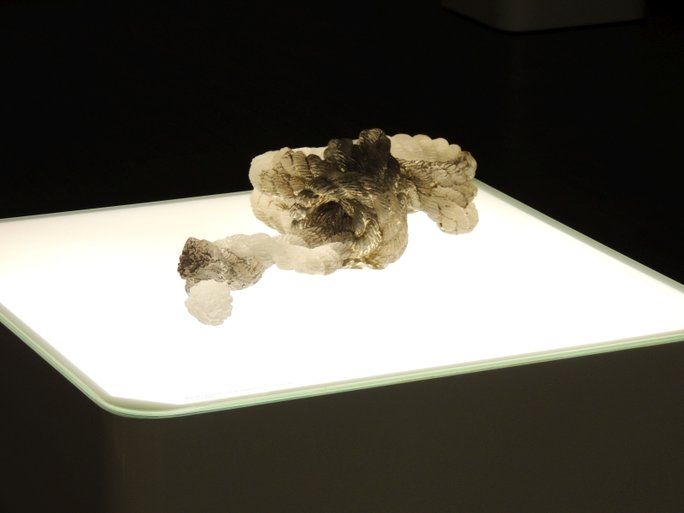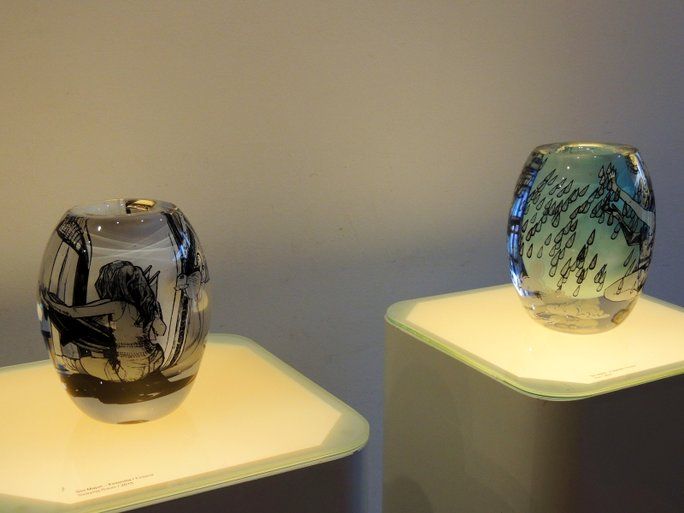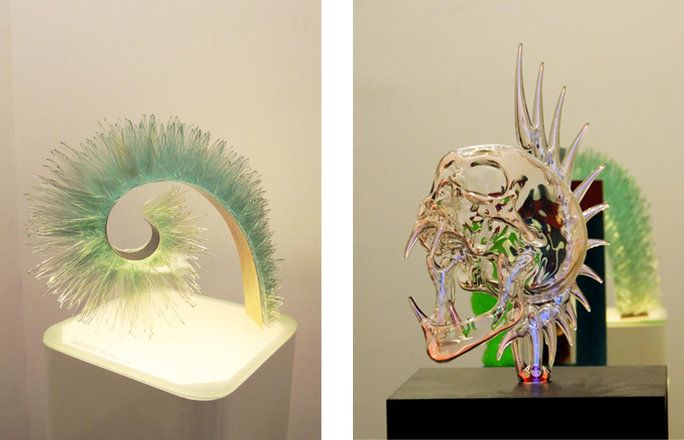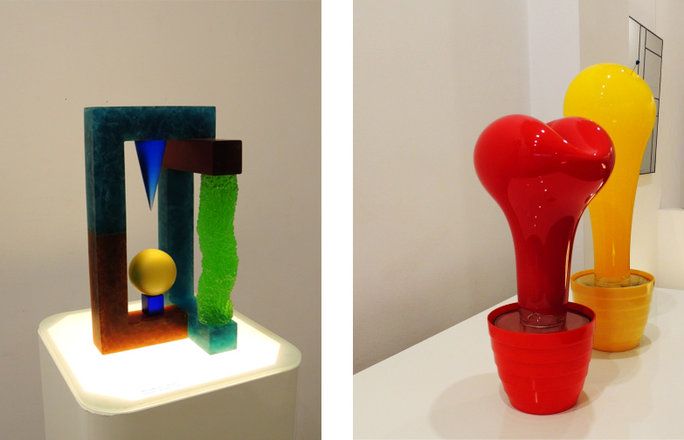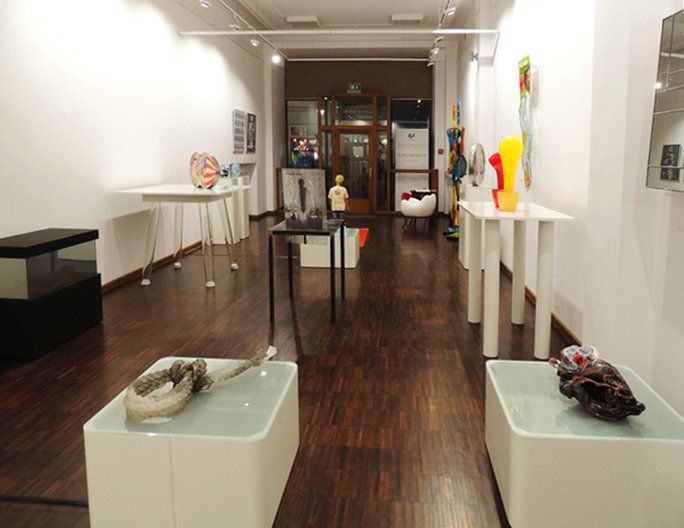
Festival main exhibition – "Dr Jekyll and Mrs Hyde" in Łódź
Curator: Anita Bialic
City Art Gallery – Re:Medium Gallery – ul. Piotrkowska 113
Exhibition open: 17.11.2016 – 10.12.2016
City Art Gallery – Re:Medium Gallery – ul. Piotrkowska 113
Exhibition open: 17.11.2016 – 10.12.2016
Kalina Bańka – Poland; Jakub Berdych Karpelis – Czech Republic; Æsa Björk – Iceland/Norway; Javier Blanco – Spain; Jana Hojstričová, Palo Macho – Slovakia; Krista Israel – Netherlands; Maria Koshenkova – Russia/Denmark; Magdalena Kucharska – Poland; Sini Majuri – Finland; Mihály Melcher – Hungary; John Moran – USA/Belgium; Silvio Vigliaturo – Italy; Janusz Walentynowicz – Denmark/USA; Krzysztof Wałaszek – Poland; Bernd Weinmayer – Germany/Austria; Dana Zámečníková – Czech Republic; Barbara Zworska-Raziuk – Poland
“The postmodern woman is no longer a mother and a housewife, but a post-feminist mother-lover-friend-colleague-partner; and the postmodern man is no longer a husband and worker, but a post-new man father-friend-confidant-lover-lad. In some cases, even the he who is ‘he’ and the she who is ‘she’ begins to fragment” – have noted psychologists Mick Cooper and John Rowan,This means that the boundaries between being a man and being a woman have begun to blur in cultural and social life.
Multiplicity, division, and incoherence take the place of unity, integrity, and cohesion. The postmodern man must cope with a world that is crumbling into small pieces. The concept of the unified and coherent “I” seems impossible to maintain, becoming a relic of a past era.
Psychotherapists’ offices are increasingly filled with people for whom the “fragmentation of the I” is a painful and real problem. They expect that the therapeutic relationship will provide areal chance, that this “face-to-face” meeting will help them to find the subjectivity of the inner experience and a sense of integrity and coherence. They will not allow their private most “I” to be eradicated in a “liquid postmodern reality.”
The nature and existence of the “alter-ego” phenomenon is described in such literary works as Stevenson’s The Strange Case of Dr Jekyll and Mr Hyde, Conrad’s Heart of Darkness, and Dostoyevsky’s The Double. These literary models have served as brilliant inspiration for psychologists and psychotherapists, who have generated many interesting concepts around the “The Plural Self.”
The “example” most often exploited in psychology is Robert Louis Stevenson’s Strange Case of Dr Jekyll and Mr Hyde (1886), where in admired London doctor Henry Jekyll consumes a serum of his own devising and turns into the cruel Edward Hyde. Stevenson’s tale, often seen as a portrait of the “Plural Self,” forever sealed the colloquial phrase “Jekyll and Hyde” to describe a person with a split personality.
Anita Bialic, curator of the Dr Jekyll and Mrs Hyde exhibition, poses a key question: “Can turning Doctor Jekyll into Mrs Hyde prevent the suicide? Will Mrs Hyde turn out to be as much of a monster as Mr Hyde? Or perhaps she will be an emancipated Londoner, fighting for women’s rights?”A psychologist and psychotherapist’s answer to these questions might be as follows:There are many variants and possibilities in the consequences of Doctor Jekyll turning into Mrs Hyde. It could turn out, for instance, that the contemporary Mrs Hyde takes the form of an extreme dictator who craves total power over the world. Or that Mrs Hyde becomes a very effective promoter of today’s quite fashionable “parallel plurality,” which allows many contemporary women (and men as well, perhaps) to navigate easily through the postmodern world.
There is a third possibility as well, raised by artists taking part in the Dr Jekyll and Mrs Hyde exhibition: only through art do we have a real chance to join what has been so brutally torn apart and divided in our minds. As such, we look at these beautiful works of art and hope that we shall manage to find answers to our questions about the disintegrated personality of the twenty-first century.
Włodzimierz Świątek
A psychologist, psychotherapist, and coach supporting the development of artists, managers, leaders, and teachers.
